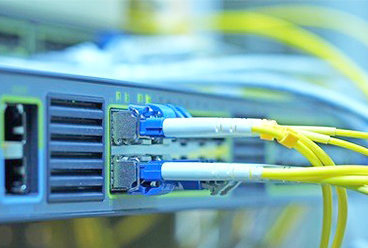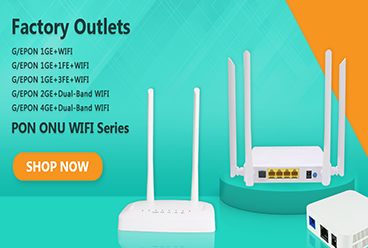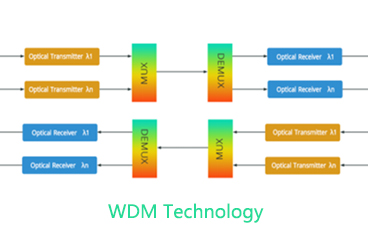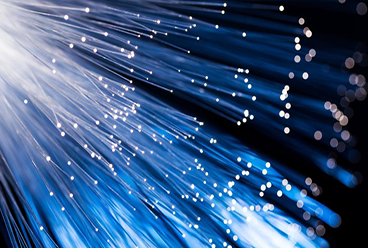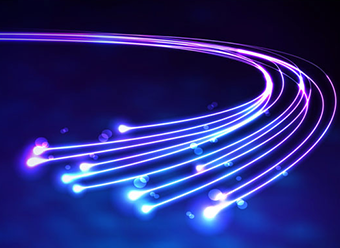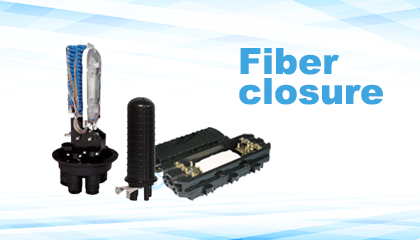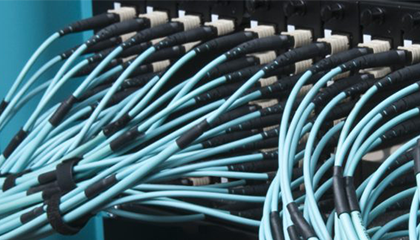As a low-cost short-distance connection solution for optical modules, high-speed cables are widely used in data center interconnection scenarios such as SATA storage devices, RADI system scenarios, core routers, 10G or 40G Ethernet.
What is a high speed cable?
Direct Attach Cable (DAC) is usually a cable assembly that is purchased at a fixed length with fixed connectors on both ends. The connector used in the high-speed cable end has the same interface as the optical module, but the connector module on the high-speed cable does not have expensive optical lasers and other electronic components compared to optical module, thereby greatly saving in short-distance applications. Cost and power consumption, a cost-effective, high-speed data communication solution that replaces optical modules, can be widely used in storage area networks, data centers, and high-performance computer connections by connecting switches to routers or servers.
What is the structure of the high speed cable?
The silver-plated conductor and foamed insulated core wire are made of wire-pair shielding and total shielding, thereby forming a high-speed cable. High-speed cable has excellent attenuation performance, low delay and anti-interference, and can realize high-frequency broadband transmission. It has 30~24AWG specifications and 2P, 4P or 8P structures. It can be used in many different applications.
What are the common classifications for high speed cables?
1. 10G SFP+ to SFP+ DAC
The 10G SFP+ to SFP+ DAC is a passive dual-axis cable assembly that is directly connected to the SFP+ module. It has high density, low power, low cost and low latency. It has become the mainstream in cloud computing and cloud storage interconnect tool.
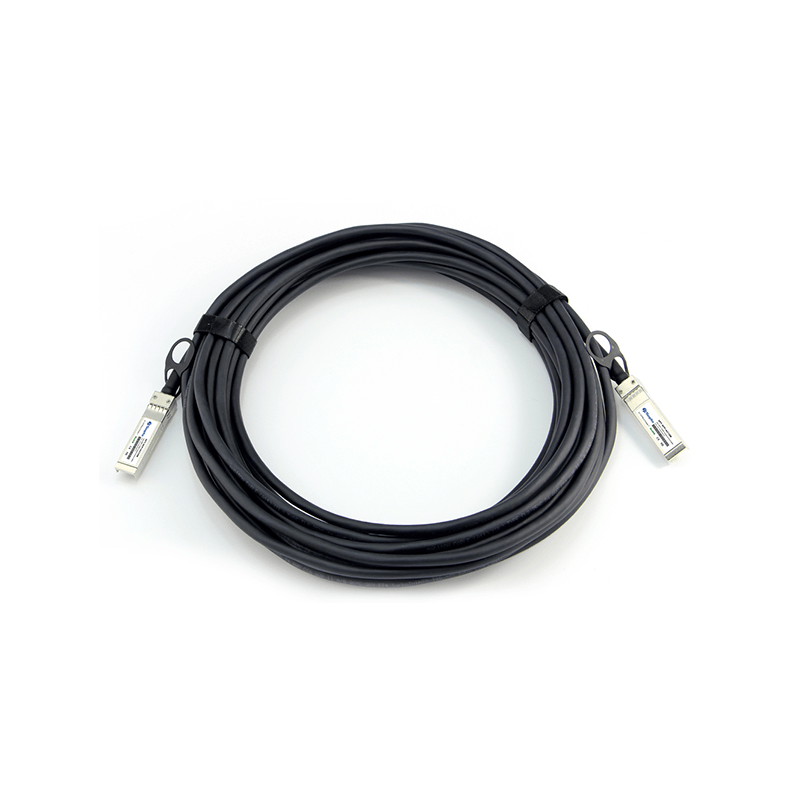
2. 40G QSFP+ to QSFP+ DAC
The 40G QSFP+ to QSFP+ DAC provides a cost-effective way to establish a 40G link between the internal chassis and the inter-chassis QSFP+ switch ports, boosting the access layer uplink to the core backbone link to 40G/100G. It is widely used in high-speed backbone networks, enterprise network switching and network storage due to its high speed and low latency.
3. 40G QSFP+ to 4xSFP+ DAC
One end of QSFP+ to 4xSFP+ DAC is 40G QSFP+ interface, which meets the requirements of SFF-8436, and the other end is four 10G SFP+ interfaces, which meet the requirements of SFF-8432. The middle is connected by 12-core MPO high-density optical cable, and then according to the customer's line for both ends. The cable length needs to be added to the brancher in the middle of the MPO cable to realize a 40G optical signal divided into four 10G signals, which is the most economical and simple to implement switch port conversion.
4. 40G QSFP+ to 4XFP DAC
One end of the 40G QSFP+ to 4*XFP+ DAC is a 40G QSFP+ interface, and the other end is four 10G XFP interfaces. Since the XFP optical module does not have the DAC copper cable standard, the signal transmission of the device is low, and the loss of the cable itself is very large. Therefore, it can only be used for short-distance transmission. Generally, the distance can be less than 2m, and the 40G QSFP+ interface to the XFP port can be realized. even.
5. 25G SFP28 to SFP28 DAC
The 25G SFP28 to SFP28 DAC provides customers with 25G high-bandwidth data interconnection capability, conforms to IEEE P802.3by Ethernet standard and SFF-8402 SFP28, and is widely used in data center or super-computing center system scenarios.
6. 100G QSFP28 to QSFP28 DAC
The 100G QSFP28 to QSFP28 DAC can provide customers with 100G high-bandwidth data interconnection capability, providing 4 duplex channels, each channel can support 25Gb/s, and the aggregation bandwidth is 100Gb/s, which conforms to the SFF-8436 specification. Connection between devices on the QSFP28 port.
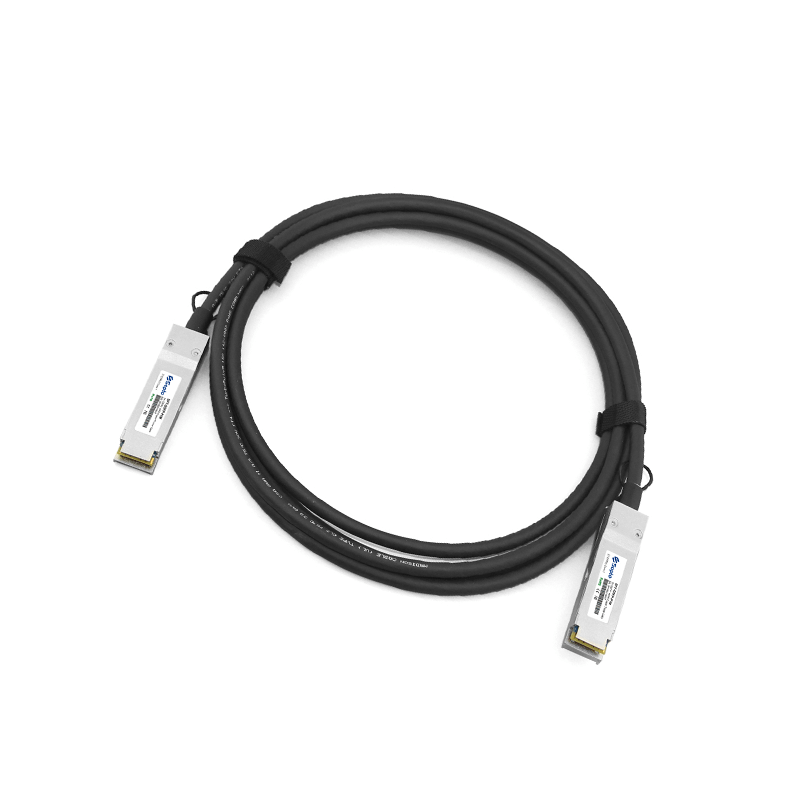
7. 100G QSFP28 to 4 SFP28 DAC
100G QSFP28 to 4 SFP28 DAC one end is 100G QSFP28 interface, the other end is four 25G SFP28 interfaces, which can provide customers with 100G high bandwidth data interconnection capability, in line with SFF-8665/SFF-8679, IEEE 802.3bj and InfinibandEDR standards. Widely used in data center or super-computing center system scenarios.
What are the benefits of using high speed cables?
1. High performance: It is suitable for short-distance wiring in data centers, with a wide range of applications and strong integration of integrated solutions.
2, energy saving and environmental protection: the internal material of the high-speed cable is copper core, the natural heat dissipation effect of the copper cable is good, energy saving and environmental protection.
3, low power consumption: high-speed cable power consumption is low. Since the passive cable does not require a power supply, the power consumption is almost zero; the power consumption of the active cable is generally around 440 mW.
4. Low cost: The price of copper cable is much lower than that of fiber optics. Therefore, the use of high-speed cables can greatly reduce the wiring cost of the entire data center.
Tags : High-speed cable , AOC , DAC
— END —




